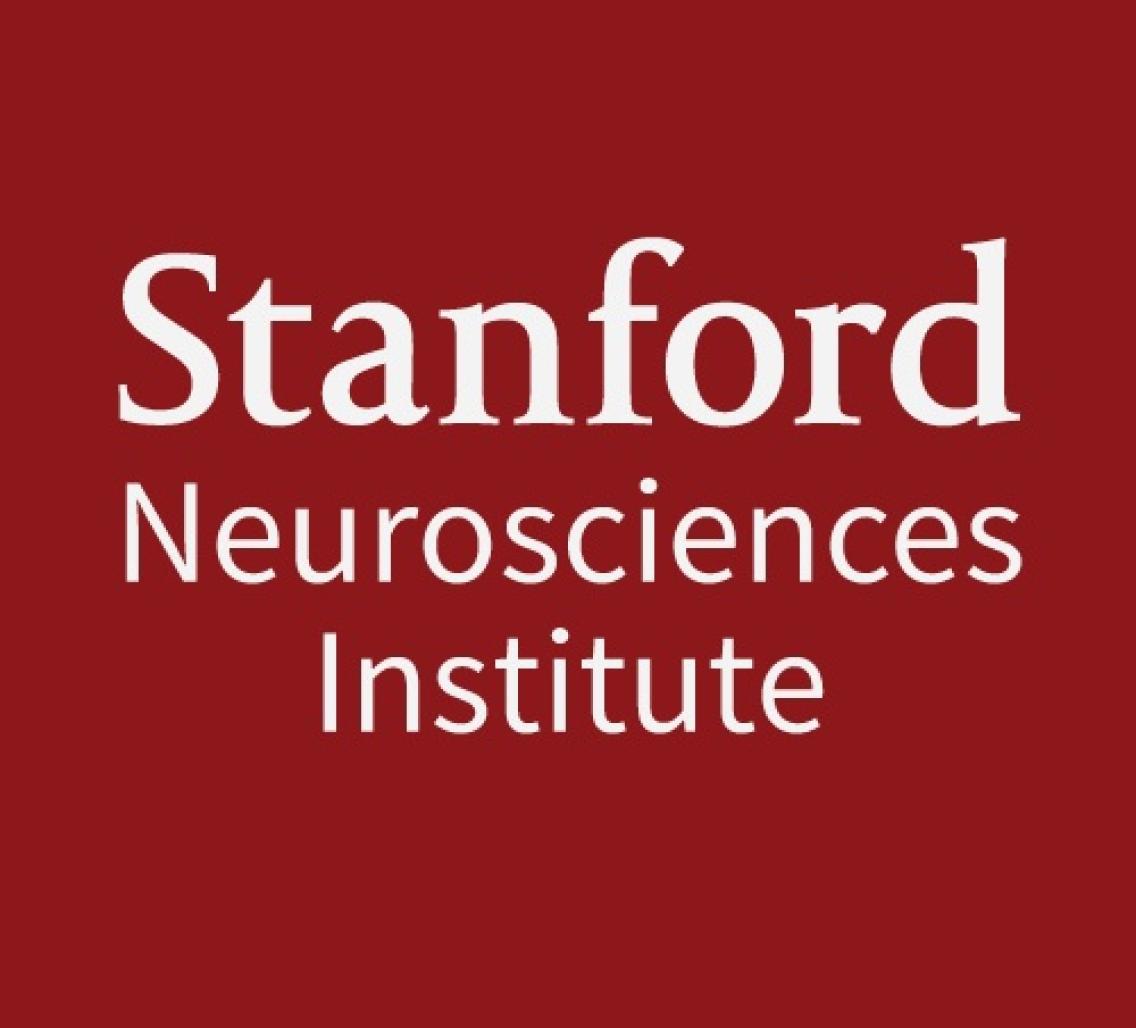Event Details:

Stanford Neurosciences Institute Seminar Series Presents
Cellular Recognition Mechanisms Regulating Neural Circuit Assembly Lawrence Zipursky, Ph.D Distinguished Professor, Biological Chemistry, Member, Brain Research Institute, Cell & Developmental Biology GPB Home Area, JCCC Cancer and Stem Cell Biology Program Area, Neuroscience GPB Home Area, Investigator, Howard Hughes Medical Institute, UCLA
Host: Thomas Südhof
Abstract
Neural circuits are complex with vast numbers of different types of neurons interconnected by specific patterns of synaptic connections. My colleagues and I are interested in identifying cell recognition molecules mediating circuit assembly and uncovering the regulatory logic by which they regulate circuit construction. RNA-sequencing reveals that during synapse formation different neuronal cell types express unique combinations of hundreds of different cell surface proteins. I will discuss the role of two different families of cell recognition molecules of the immunoglobulin (Ig) superfamily in regulating circuit assembly. Dscam proteins exhibit isoform-specific and paralog-specific homophilic recognition. Dscam1 proteins, a family of some 20,000 isoforms with different ectodomains, allows neurites of different neurons to discriminate between self and non-self, a key step in circuit assembly. This process relies on each neuron acquiring a unique identity through a probabilistic mechanism of RNA splicing. Other Dscam paralogs act in combination with each other or in combination with Dscam1 to regulate dendritic patterning in different ways. By contrast, two other Ig protein families, the Dprs and DIPs, interact in a heterophilc fashion. There are 21 Dprs and 9 DIPs; each Dpr binds to one or more DIPs and conversely each DIP binds to one or more Dprs. Dpr and DIP paralogs are expressed in a cell-type specific fashion. Cognate Dpr and DIP proteins are expressed on synaptic partners. Ligands and receptors exhibit similar phenotypes and progress in understanding how they regulate circuit assembly will be discussed.